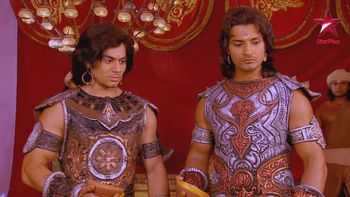
Accepting the statue as his guru, he practised before his guru every single day.Įklavya's dakshina of his right hand thumb to his guru He began a disciplined program of self-study over many years. He went into the forest and fashioned a statue of Drona under a large banyan tree. After they had left for the ashram, Ekalavya collected the mud on which his Guru walked, as a symbolic gesture of reverence for his Guru's knowledge and footsteps. Ekalavya leaves, and then watches from the forest when guru Drona teaches the princes. The high-born Kshatriya Kuru princes, who took Eklavya for a forest-dweller outside Hindu varnas, mocked him for considering himself above his station in life, as a tribal, low-born person. He approached Drona and respectfully requested to be taken on as a student of archery. As a youth, Ekalavya beheld Drona teaching archery to the Kauravas and the Pandavas - the royal Kuru princes - and was taken by a desire to learn himself. Ekalavya's adoptive father Hiranyadhanus was the commander of the most powerful king of the period, Jarasandha and Ekalavya himself served under King Jarasandha's army as General.

In the Mahabharata, Ekalavya was the adopted son of Hiranyadhanus, the chief of Nishada, who found the former when he had been abandoned as an infant by Krishna's uncle and aunt. The Princes get surprised at the sight of arrows in the dog’s mouth


 0 kommentar(er)
0 kommentar(er)
